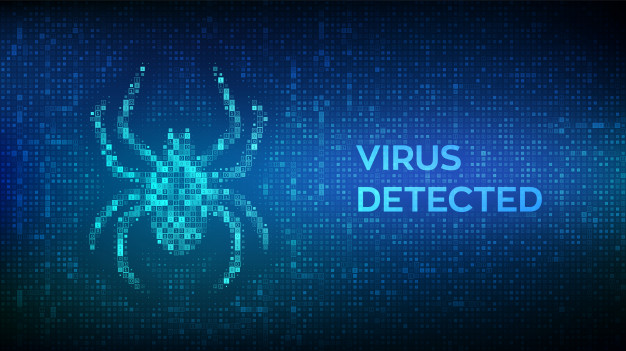How to Scan a Website for Malware
If you’re running a business website, then you need to know how to keep it safe from malware. This means that you need to know how to run a site malware scan and how to back this up with robust security precautions to reduce the likelihood that your scanner will find any malware.
How to scan my site for malware
If you choose the right website vulnerability scanner, then you should never be left scratching your head, wondering how to run a site malware scan. You should simply be able to sign up for a service, enter the relevant details, and leave the scanner to do the rest. The good news is that it is possible to find straightforward but effective website vulnerability scanner at a price even SMBs can afford.

How to back this up with robust security precautions
When thinking about protecting your site from malware, it’s important to remember that there are basically three ways hackers can infect your site. They can attack the server on which it is hosted. They can attack the computers and mobile devices used to access it. They can attack the website itself. You, therefore, need to take protective measures in all three areas.
Protecting your server
In principle, you can self host your site on your own server. In practice, however, it’s probably fair to say that the vast majority of SMBs will be looking at a third-party hosting arrangement. The key to choosing the right host is to look at the right performance metrics. In other words, you should be basing your initial shortlisting process on security, uptime, page-load speed, customer service, and technical support before you even start to consider price.
Similarly, you need to assess individual hosting packages in terms of overall value rather than looking purely at the headline price. For example, if you’re one of the many SMBs with limited in-house IT resources, then it could make a great deal of sense to pay a bit extra for a hosting package in which your vendor takes care of most, if not all, of the server management for you.
Protecting your local computers and mobile devices
There are many reasons for hackers to attack local computers and mobile devices. One of them is to get access to the account details used for other systems including your website and its database. This means that all of your computers and mobile devices need the protection of a robust anti-malware solution which includes an integrated firewall.
What’s more, if you’re allowing people to connect from outside your main business premises, then you might want to look seriously at investing in a VPN. This is particularly important for mobile users as they are the most likely to be forced to use questionable connections such as public WiFi hotspots. It can, however, also be useful for remote workers as they may not know how to secure their internet to a suitable standard.
Protecting the website itself
Your baseline security is provided by choosing your software with care, keeping it up to date, and learning how to use it effectively. In particular, you need to know how to customize the default settings (or at least the key ones) and how to set access permissions appropriately.
If your website uses any sort of database, then you need to ensure that the database is also given effective protection and that it is regularly backed up in case that protection fails. If your database includes sensitive data, particularly personally identifiable data, then you must ensure that this is stored encrypted both in production and in backups (and in any archives you keep).
With this baseline established, the key to controlling your website is to control your users, external as well as internal. In simple terms, as long as an external user is passively consuming your site, there is really nothing they can do to damage it. The moment you allow them to enter data into it, however, you make it possible for them to hurt you.
This means that you have to minimize the extent to which users are allowed to enter data into your site and when you do allow it, you have to validate the data as thoroughly as you possibly can.
Internal user details are an even bigger security threat, especially administrator accounts. You need to keep these to a minimum and be very careful about who is entrusted with them. Remember, not only do administrators need to be reliable, they need to know what they’re doing. You also need to enforce standard precautions regarding safe login practices, for example, strong passwords and two-factor authentication.
Please click here now to have your website scanned, for free, by cWatch from Comodo.
© 2025 Comodo Security Solutions, Inc





